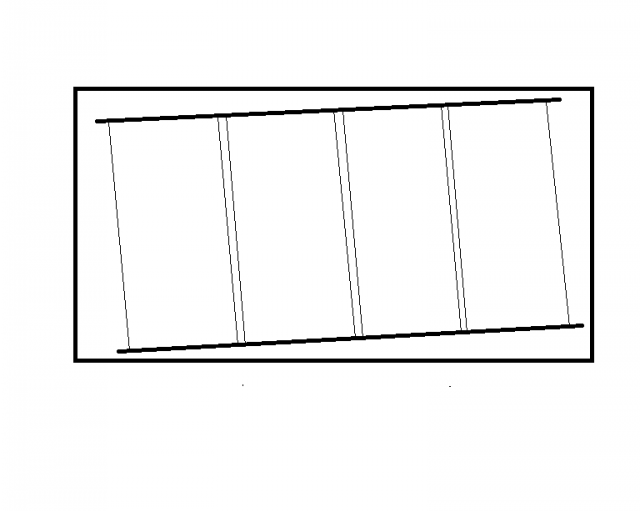Hello,
I have a ~27000 gallon IG vinyl pool, sand filter with SWG, and variable speed pump.
I used to set the pump at 2500rpm and that was enough flow to run the SWG - the pressure in the filter hovered around 2-3.
If I had Kreepy Krawly in the pool, I'd bump the pump up to 2700rpm: SWG worked, Kreepy krawled, and filter pressure remained 2-3.
We had heliocol pipes installed on our roof last week. I've shocked the pool just in case and backwashed the filter and all that other good maintenance in the past week. Pool #s look good.
Except now I need the pump on 3500rpm to be able to generate enough flow to run the SWG. The pressure in the filter is 15-18. And the pump doesn't go high enough to generate enough flow to run Kreepy at the same time as the SWG.
I haven't tried the manual vacuum.
If I turn the heliocol valves off, all values return to the previous levels and Kreepy jets around the pool.
Are the heliocol tubes simply too small/numerous to handle a decent flow rate? Or should I call the heliocol installer?
I have a ~27000 gallon IG vinyl pool, sand filter with SWG, and variable speed pump.
I used to set the pump at 2500rpm and that was enough flow to run the SWG - the pressure in the filter hovered around 2-3.
If I had Kreepy Krawly in the pool, I'd bump the pump up to 2700rpm: SWG worked, Kreepy krawled, and filter pressure remained 2-3.
We had heliocol pipes installed on our roof last week. I've shocked the pool just in case and backwashed the filter and all that other good maintenance in the past week. Pool #s look good.
Except now I need the pump on 3500rpm to be able to generate enough flow to run the SWG. The pressure in the filter is 15-18. And the pump doesn't go high enough to generate enough flow to run Kreepy at the same time as the SWG.
I haven't tried the manual vacuum.
If I turn the heliocol valves off, all values return to the previous levels and Kreepy jets around the pool.
Are the heliocol tubes simply too small/numerous to handle a decent flow rate? Or should I call the heliocol installer?







